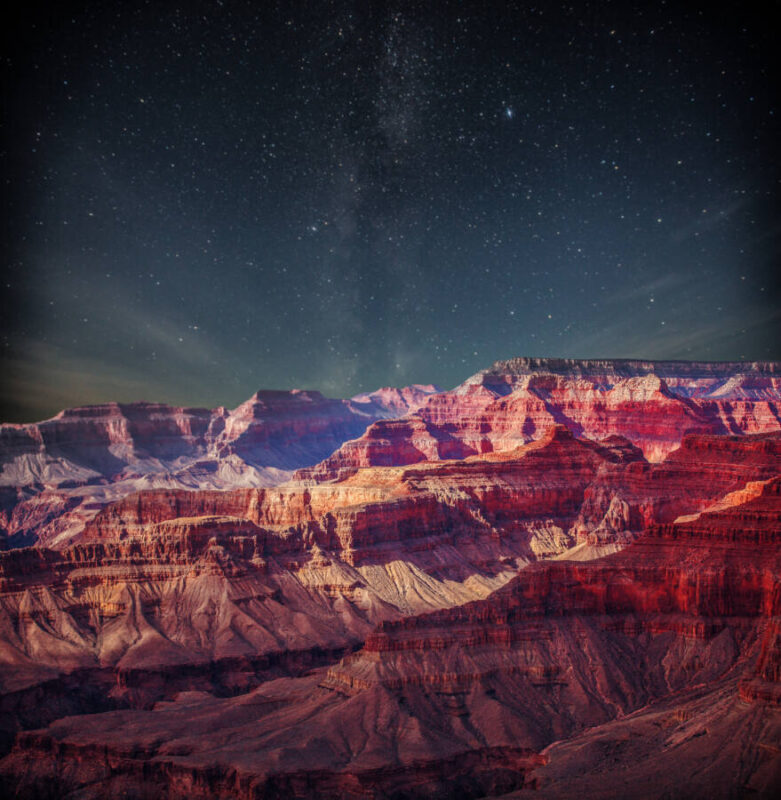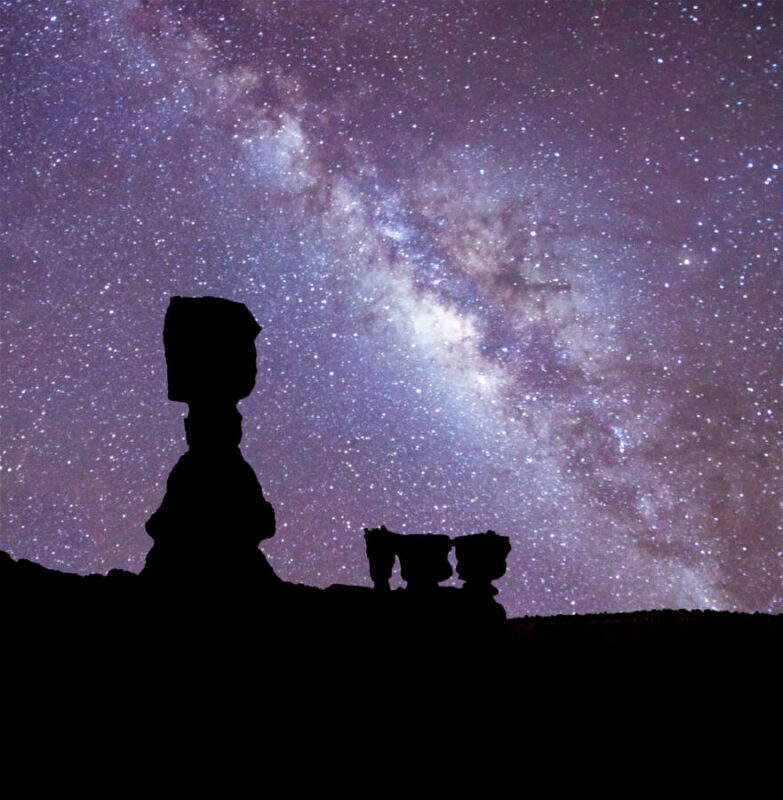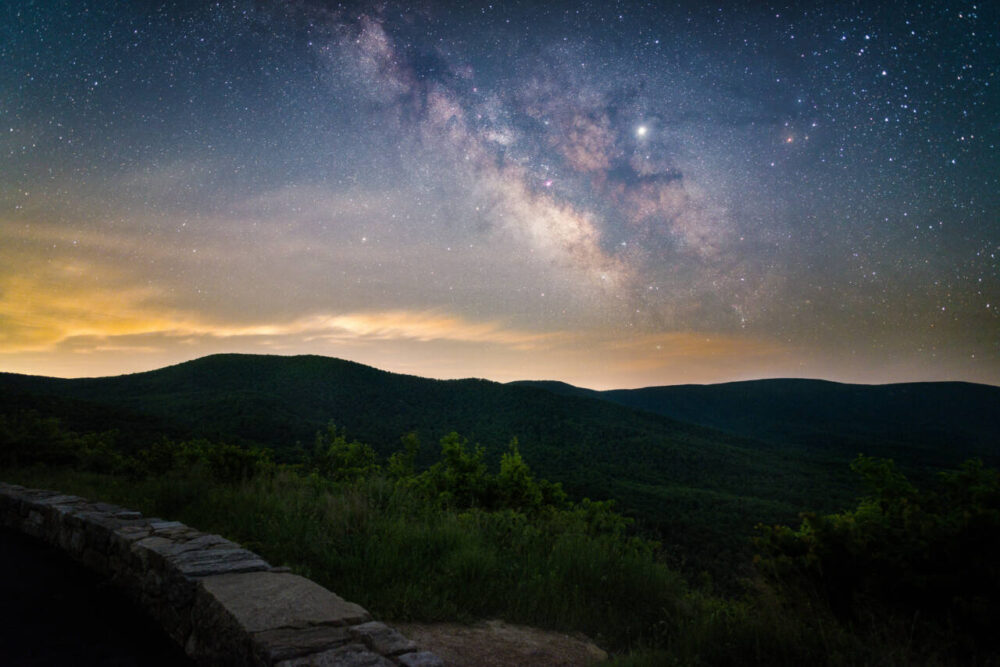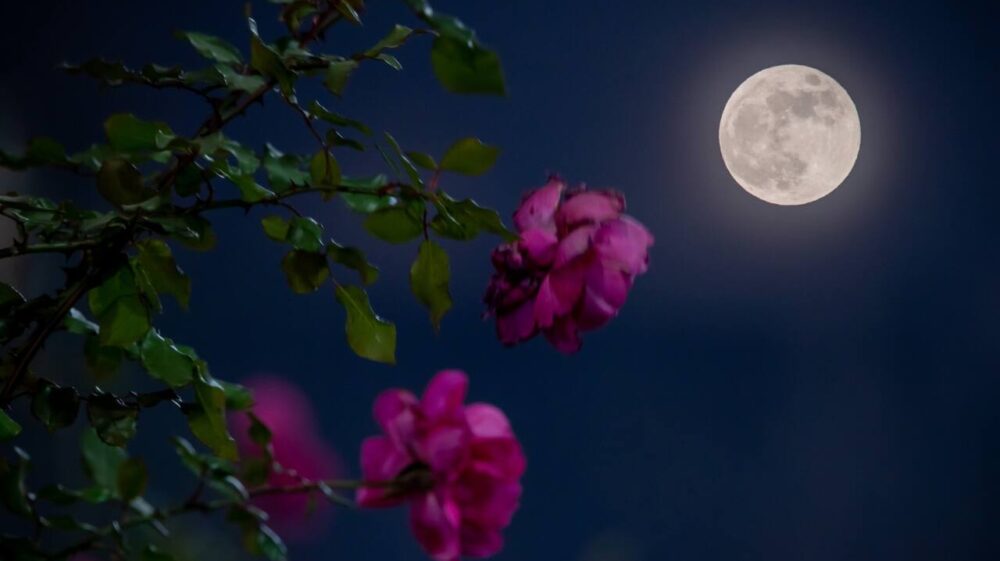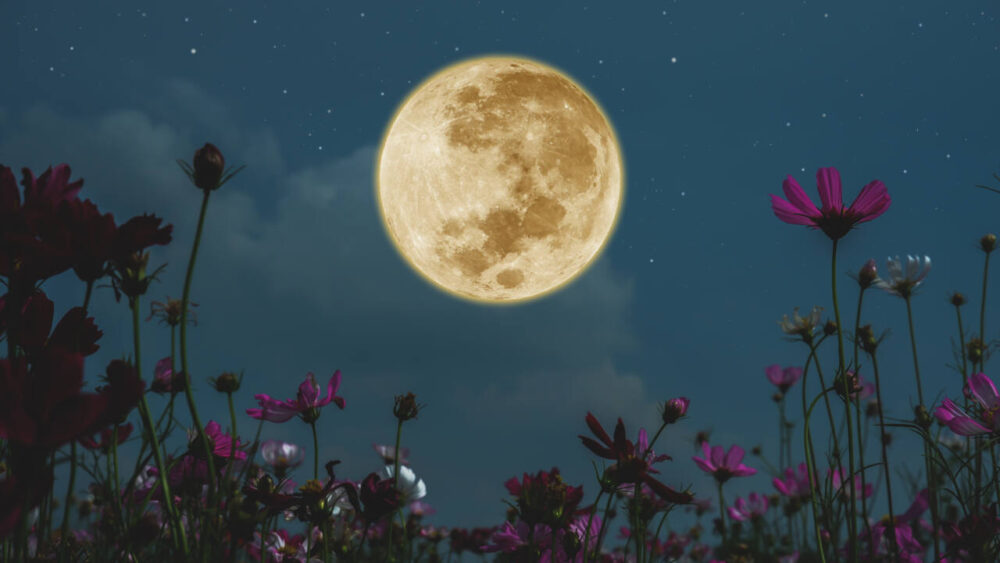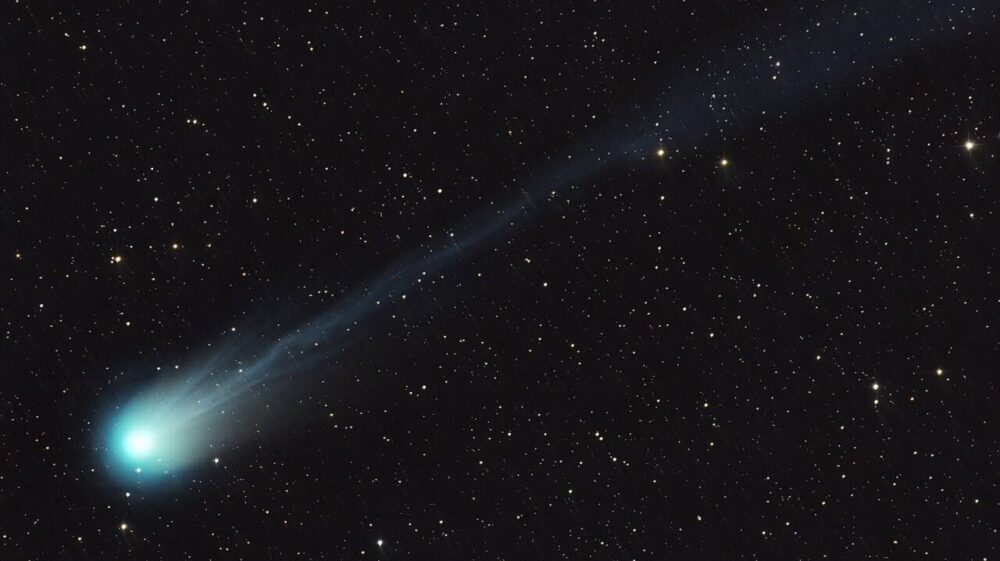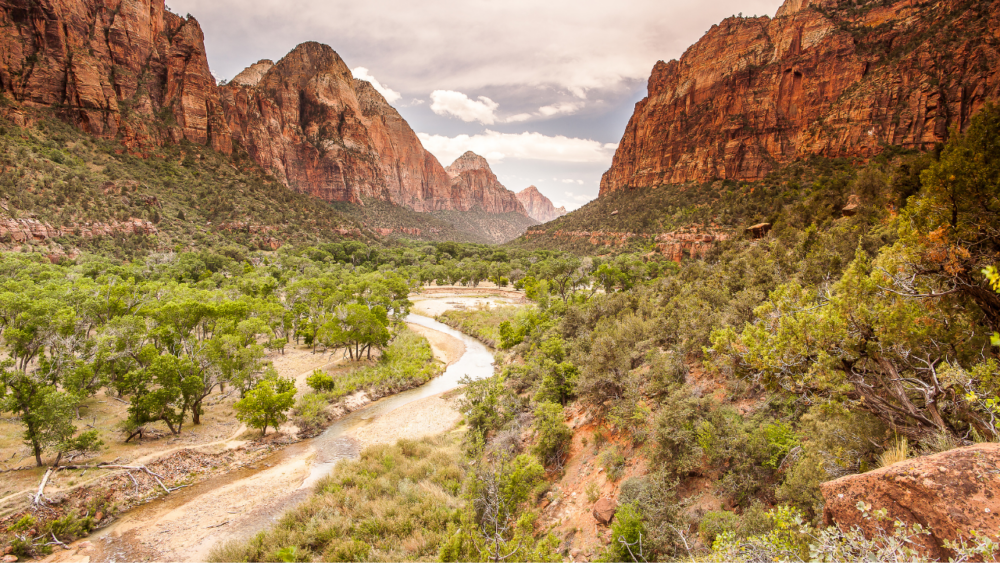These national parks are throwing stargazing parties in 2024
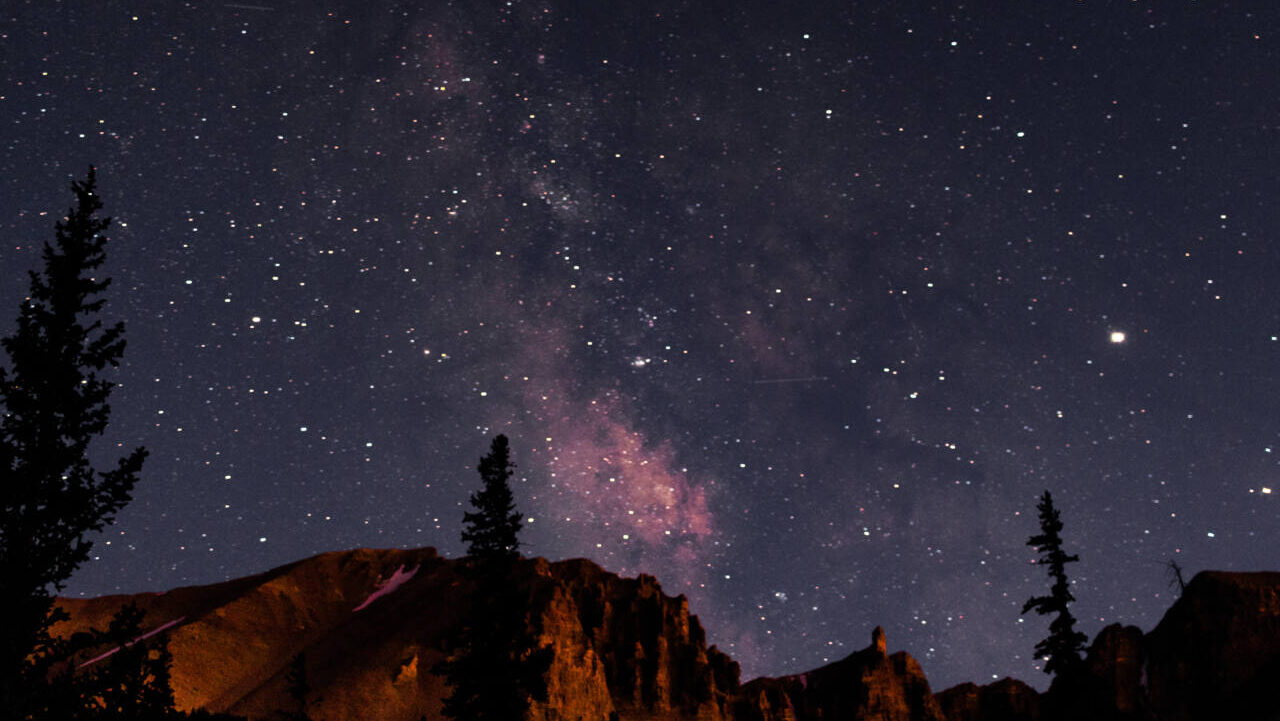
There’s nothing quite like lying under a blanket of stars and marveling at the great mysteries of our universe. Whether you’re a casual observer of the cosmos or know your way around the constellations, stargazing can be a beautiful and contemplative experience.
For those who want to take their space exploration to the next level, several national parks offer stargazing festivals where the public can observe meteor showers and eclipses, use telescopes and learn more about space.
One major benefit of stargazing at a national park is that light pollution is very low, which makes visibility excellent. In fact, several of the national parks have received certification from the International Dark Sky Association for their excellent nighttime viewing.
MORE: These were the most—and least—popular national parks in 2023
So, if you’re looking to visit any of these national parks in 2024, you might want to plan for the dates that will leave you starry-eyed in the best way.
The Grand Canyon Star Party (Arizona), June 1-8
The Grand Canyon offers astronomy events year-round, but the early-summer Star Party is spectacularly star-studded. Featured in the program of this show are astronomical celebs, such as “planets, double stars, star clusters, nebulae and distant galaxies by night, and perhaps the sun or Venus by day.” Free to the public with park admission, visitors can peer through telescopes, attend a constellation talk or amphitheater presentation, or even learn about night sky photography.
Bryce Canyon Astronomy Festival (Utah), June 5-8
The annual Astronomy Festival at Bryce Canyon is free with park admission and features nightly stargazing and educational opportunities by night and family-friendly activities during the day. The 2024 program has not been announced yet, but the 2023 lineup included (among other things) presentations titled “Cosmology: Uncovering Time and Space” and “The Amazing Nung’Wu Universe,” which was an exploration of the night sky through the eyes of the Southern Paiute people.
MORE: Here’s the ultimate road trip to visit most of the national parks
Badlands Astronomy Festival (South Dakota), July 5-7
During this three-day “stellar experience” hosted by the Badlands National Park, visitors will celebrate all things space and sky with nightly telescope viewings, technology demonstrations and presentations with guest speakers. The Badlands are tucked away in a part of the Great Plains where stargazers can admire the glittering stars in an ink-dark night sky, unobstructed by light pollution.
Shenandoah National Park Night Sky Festival (Virginia), Aug. 2-4
The Night Sky Festival is set to take place at Virginia’s Shenandoah National Park in early August this year, and it will feature ranger talks, kids’ activities and guest speaker presentations on topics like space weather and our future in space. This stargazing festival takes place during the Perseid meteor shower (just about a week before its peak), so you may get to catch some shooting stars.
The Great Basin Astronomy Festival (Nevada), Sept. 5-7
This year will mark the 15th annual Astronomy Festival at Nevada’s Great Basin National Park. Every year, the festival is held around the new moon in September, when there’s the least amount of moonlight. The three-day event is jam-packed with workshops and presentations, including nighttime telescope viewings and guest speakers, along with daytime activities such as observatory tours and a crafts event where you can make your own constellation.
Joshua Tree Night Sky Festival (California), Oct. 4-5
If you’ve been looking for an excuse to visit this popular southern California park, the Night Sky Festival in early October presents a great opportunity to start planning a trip in earnest. So far, the only details available for the 2024 event are the dates, but keep an eye on the website of one of the organizers, Sky’s The Limit Observatory and Nature Center, for more information as we get closer to autumn. This is a ticketed event and tickets go on sale in the early summer. Stargazing at Joshua Tree is pretty spectacular year-round, and the National Parks website has some tips for making the most of your nighttime viewing.
In case you miss these events, many of the national parks will continue to host stargazing events throughout the year.
Enjoy the show!
Lauren Alexander and Kate Emswiler contributed to this report.


